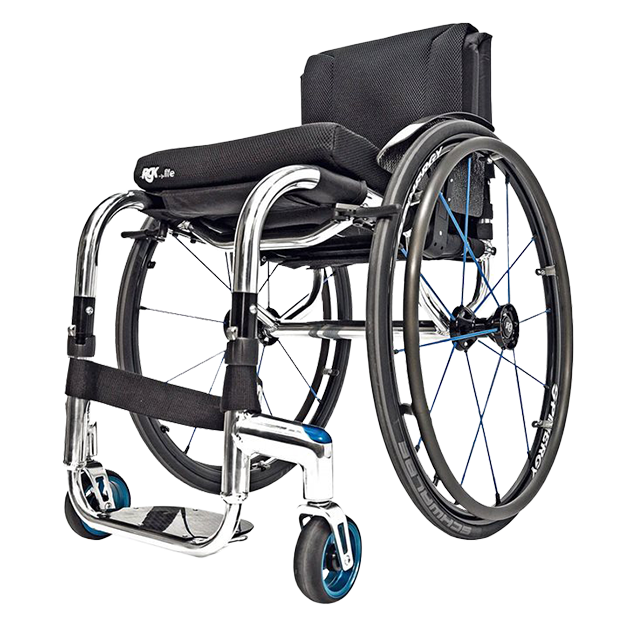Parkinson's disease is a progressive neurological disorder that affects movement and mobility. It is the second most common neurodegenerative disorder, affecting around 10 million people worldwide. This debilitating condition is caused by the degeneration of dopamine-producing neurons in the brain, leading to a range of motor and non-motor symptoms. In this article, we will explore the mobility issues associated with Parkinson's disease, as well as potential strategies for managing these challenges.
Understanding Parkinson's Disease
Parkinson's disease primarily affects the substantia nigra, a region in the brain responsible for producing dopamine. Dopamine plays a crucial role in controlling movement and coordination, which explains why mobility issues are among the most common symptoms of the disease. As the condition progresses, these symptoms can become more severe, significantly impacting a person's quality of life.
Common Mobility Issues in Parkinson's Disease
The following are some of the most common mobility issues faced by individuals with Parkinson's disease:
Bradykinesia
This refers to the slowing down of movement, making it difficult for a person to initiate and execute movements smoothly.
Rigidity
Increased muscle stiffness and resistance to movement can make it challenging to perform daily tasks.
Tremors
Involuntary shaking, most commonly in the hands, can affect balance and coordination.
Postural instability
Difficulty maintaining balance can lead to an increased risk of falls and accidents.
Freezing of gait
This phenomenon involves sudden, brief episodes where a person's feet seem to be glued to the ground, making it challenging to initiate walking or continue moving.
Managing Mobility Issues in Parkinson's Disease
Although there is no cure for Parkinson's disease, several strategies can help individuals manage their mobility issues:
Medications
The primary treatment for Parkinson's disease is the use of medications that help increase dopamine levels in the brain or mimic its effects. These medications can help alleviate some of the mobility issues, although their effectiveness may vary from person to person.
Physical therapy
Engaging in regular physical therapy can help maintain and improve mobility, balance, and flexibility. A physical therapist can create a tailored exercise program designed to address the specific mobility challenges faced by the individual.
Occupational therapy
Occupational therapists can provide guidance on using adaptive devices and making environmental modifications to help individuals with Parkinson's disease perform daily tasks more easily.
Speech therapy
This can help address speech and swallowing difficulties that can arise due to the disease, improving overall communication and quality of life.
Support groups
Connecting with others who are experiencing similar challenges can provide valuable emotional support and practical advice.
The Role of Technology in Managing Mobility Issues
In recent years, technology has emerged as a potential ally in the battle against mobility issues associated with Parkinson's disease. Some examples of innovative technological solutions include:
Wearable devices
These can help monitor symptoms, track medication schedules, and provide reminders for daily tasks.
Gait-enhancing devices
Specialized shoes or insoles can help improve walking stability and reduce the risk of falls.
Mobile apps
Smartphone applications can help individuals with Parkinson's disease manage their symptoms, track their progress, and access support resources.
Conclusion
Parkinson's disease presents a unique set of mobility challenges for those affected. However, with a combination of medication, therapy, and technology, individuals with Parkinson's can manage these challenges and maintain a better quality of life. Early intervention and a comprehensive, personalized approach to care are crucial in minimizing the impact of the disease on mobility and overall well-being.





